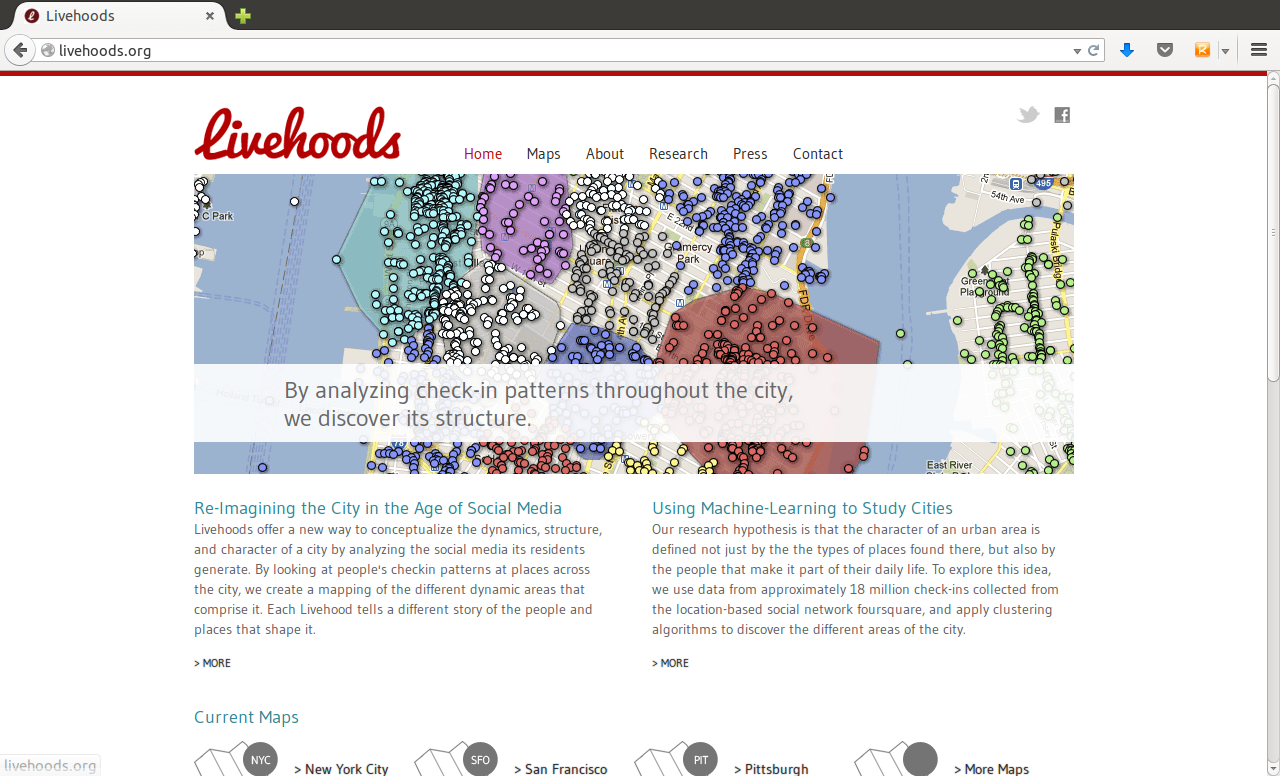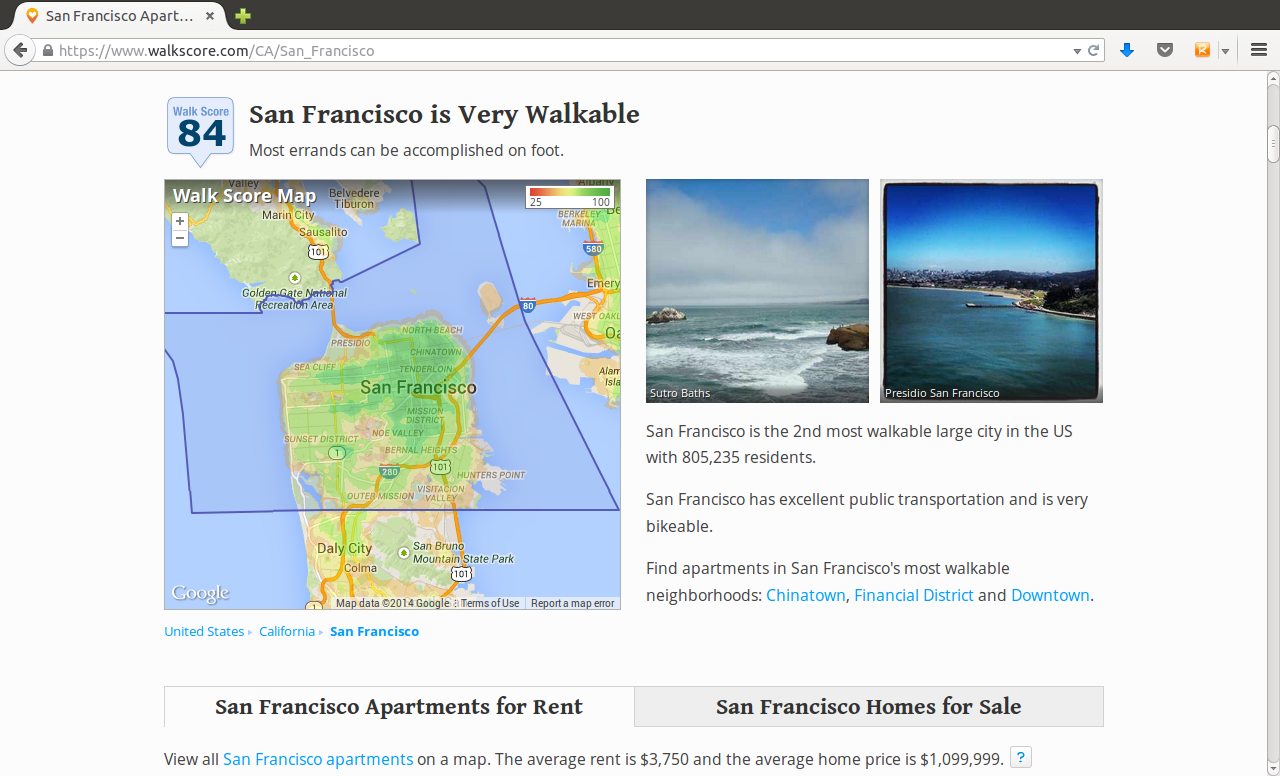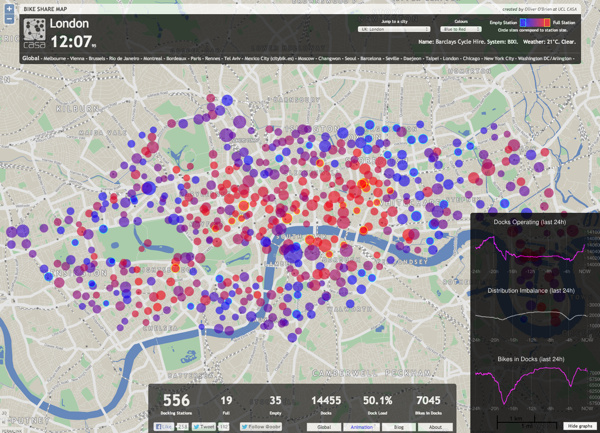Geographic Data Science - Lecture II
(New) Spatial Data
Dani Arribas-Bel
“Yesterday”
Introduced the (geo-)data revolution
- What is it?
- Why now?
The need of (geo-)data science to make sense of it all
Today
- Traditional data: refresher
- New sources of spatial data
- Opportunities & Challenges
Good old spatial data
Good old spatial data
[source]
Good old spatial data (+)
Traditionally, datasets used in the (social) sciences are:
- Collected for the purpose –> carefully designed
- Detailed in information (“…rich profiles and portraits of the country…”)
- High quality
Good old spatial data (-)
But also:
- Massive enterprises ("…every single person…) –> costly
- But coarse in resolution (to preserve pricacy they need to be aggregated)
- Slow: the more detailed, the less frequent they are available
Examples
- Decenial census (and census geographies)
- Longitudinal surveys
- Customly collected surveys, interviews, etc.
- Economic indicators
- …
New sources of (spatial) data
New sources of (spatial) data
Tied into the (geo-)data revolution, new sources are appearing that are:
- ACCIDENTAL –> created for different purposes but available for analysis as a side effect
- Very diverse in nature, resolution, and detail but, potentially, much more detailed in both space and time
- Quality also varies greatly
Different ways to categorise them…
Lazer & Radford (2017)
- Digital Life: digital actions (Twitter, Facebook, WikiPedia…)
- Digital traces: record of digital actions (CDRs, metadata…)
- Digitalised life: nonintrinsically digital life in digital form (Government records, web…)
Arribas-Bel (2014)
Three levels, based on how they originate:
- [Bottom up] “Citizens as sensors”
- [Intermediate] Digital businesses/businesses going digital
- [Top down] Open Government Data
Citizens as sensors
- Technology has allowed widespread adoption of sensors (bands, smartphones, tablets…)
- (Almost) every aspect of human life is subject to leave a digital trace that can be collected, stored and analyzed
- Individuals become content/data creators (sensors, Goodchild, 2007)
- Why relevant for geographers? –> Most of it (80%?) has some form of spatial dimension
Example: Livehoods

Businesses moving online
- Many of the elements and parts of bussiness activities have been computerized in the last decades
- This implies, without any change in the final product or activity per se, a lot more digital data is “available” about their operations
- In addition, enirely new business activities have been created based on the new technologies (“internet natives”)
- Much of these data can help researchers better understand how cities work
Example: Walkscore

Open data for open governments
Government institutions release (part of) their internal data in open format. Motivations (Shadbolt, 2010):
- Transparency and accountability
- Economic and social value
- Public service improvement
- Creation of new industries and jobs
Example: BikeShare Map

Class Quiz
Class Quiz
In pairs, 2 minutes to discuss the origin of the following sources of (geo-)data:
- Geo-referenced tweets –> Bottom-up
- Land-registry house transaction values –> Open Government
- Google maps restaurant listing –> Digital businesses
- ONS Deprivation Indices –> Traditional (not accidental!)
- Liverpool bikeshare service station status –> Open Government Data
Opportunities & Challenges
Opportunities
From Lazer & Radford (2017):
- Massive, passive
- Nowcasting
- Data on social systems
- Natural and field experiments (“always-on” observatory of human behaviour)
- Making big data small
Challenges
- Bias
- Technical barriers to access
- The need of new methods
Bias
- Traditional data meet some quality standards (representativity, accuracy…)
- Because they’re accidental, new data sources might not
- Researchers need to have extra care and put more thought into what conclusions they can reach from analyses with new sources of data
- In some cases, bias can run in favour of researchers, but this should never be taken for granted
Technical barriers to access
- Much of these data are available
- However, their accidental nature makes them not be directly available
Usually, a different set of skills is required to tap into their power
- Basic programming
- Computing literacy (understanding of the internet, APIs, databases…)
- Software savvy-ness (a.k.a. “go beyond Word and Excel”)
(New) Methods
The nature of these data is not exactly the same as that of more traditional datasets. For example:
- Spatial aggregation: Polygons Vs. Points
- Temporal aggregation(frequency): Decadal Vs. Real-time
Some of this does not “play well” with techniques employed traditionally to analyze data in Geography –> borrow techniques from other disciplines, or even create new ones
(New) Methods

New + Old
Traditional data:
- High quality, detailed, and reliable
- Costly, coarse, and slow
Accidental data:
- Cheap, fine-grained, and fast
- Less reliable, harder to access, and potentially uninteresting
–> 1 + 1 > 2

Geographic Data Science’18 by Dani Arribas-Bel is licensed under a Creative Commons Attribution-ShareAlike 4.0 International License.